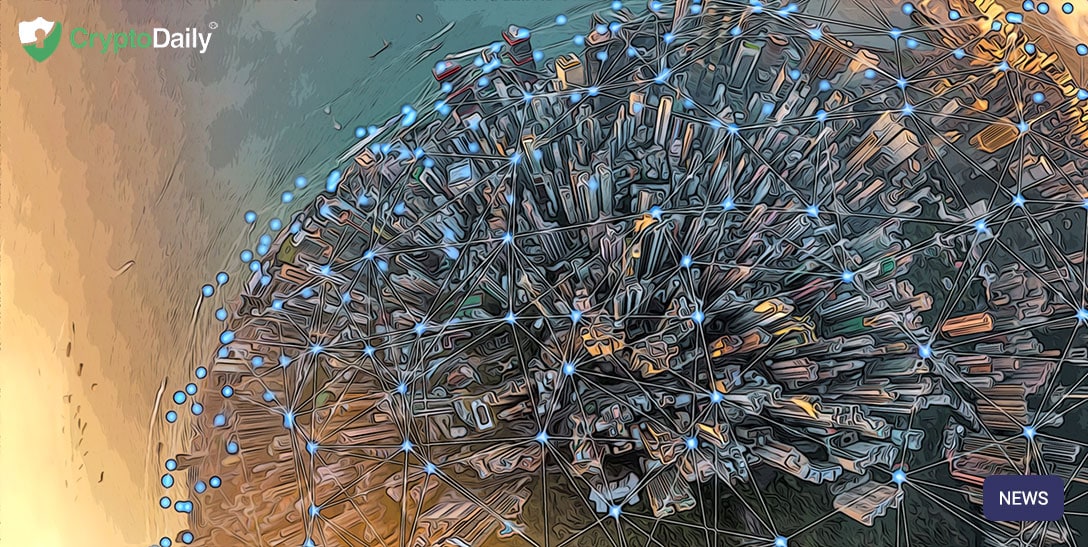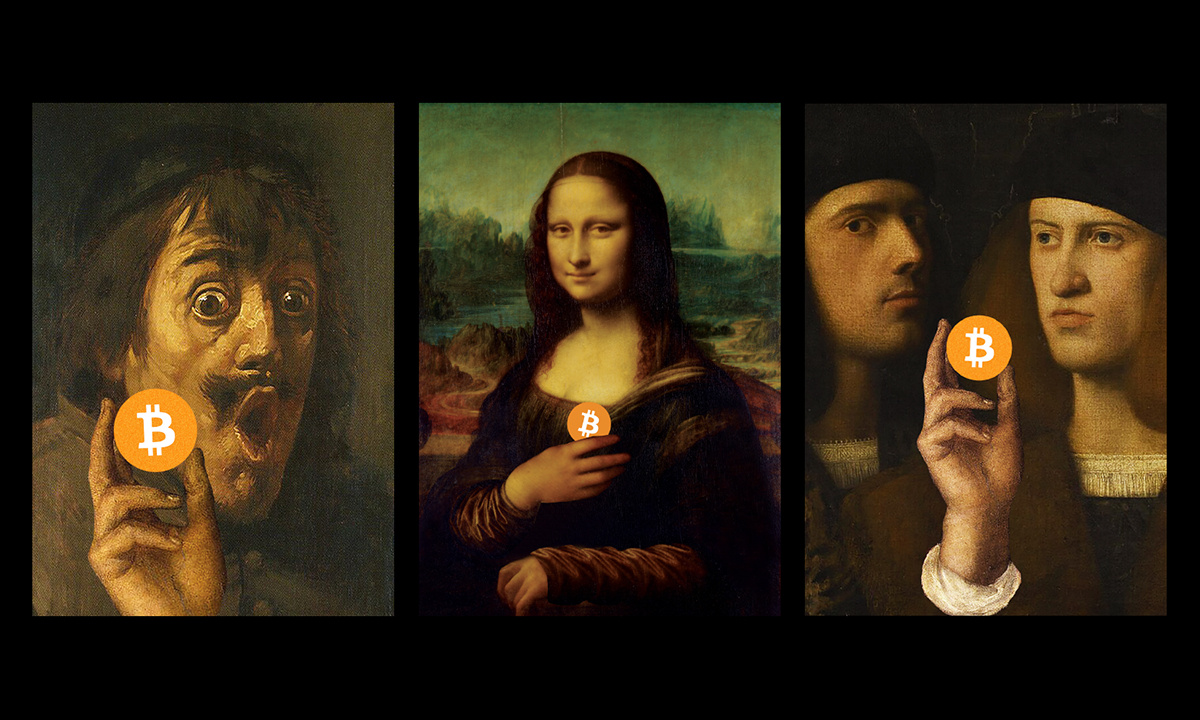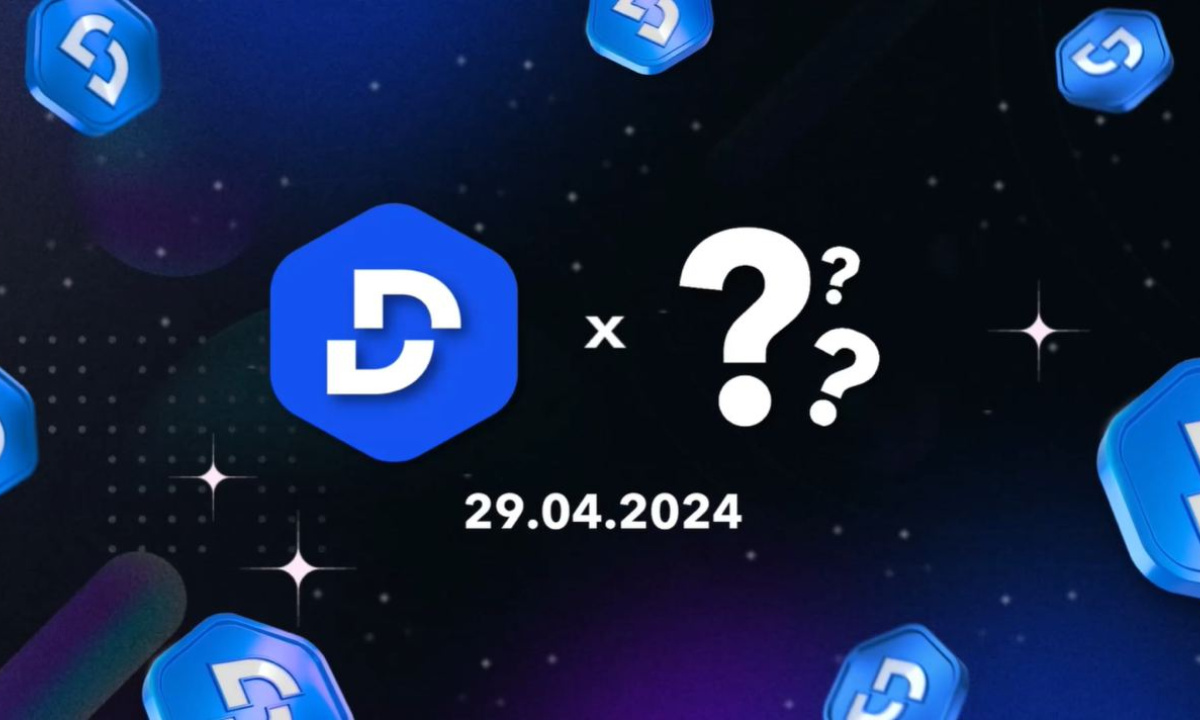Table of Contents
- A sustainable funded by the Austrian government has launched its testnet.
- The project has announced that it will use the Ardor platform to power its gamification protocols.
A sustainable energy project funded by the Austrian government has launched its testnet on the Ardor public blockchain. The project, called HotCity, has announced that it will use the Ardor platform to power its gamification protocols, which help to crowdsource locations that are generating waste heat. Once the source is verified, participants are rewarded for their contribution in digital tokens or vouchers stored on Ardor’s main child chain, known as Ignis.
Harnessing Waste Heat
HotCity is targeting neighborhoods operating as “Plus-Energy” districts, which produce a surplus of energy thanks to a high supply of locally available renewable energy sources. Some of the energy is generated in the form of waste heat. Larger sources, for example, from food production or data centers, are harnessed and redirected back into the energy grid.
However, the HotCity project has identified an opportunity to locate smaller sources of waste heat that could also make a variable contribution to more sustainable energy management. The challenge is in pinpointing these smaller sources, due to a lack of available data. Therefore, the project will gamify the process of data collection using the Ardor blockchain as a basis.
Residents can submit data about smaller sources of waste heat based on intelligence collected from on-site inspections, Google Maps, or elsewhere. They can earn rewards for doing so, which will increase in value if their data is verified as a useful energy source. Their rewards, which can also be traded for digital vouchers, are allocated and stored transparently on the Ignis child chain and secured by the Ardor main chain.
HotCity is funded by the Austrian government’s Federal Ministry for Climate Action, Environment, Energy, Mobility, Innovation, and Technology. The Ministry operates a program called “City of the Future,” which delivered a grant worth €300,000 ($325,000) to the project.
Researchers from the Austrian Institute of Technology, the largest non-university research institution in the country, are leading HotCity. Along with Jelurida, the company which powers the Ardor platform, there are several other partners collaborating. These include Picapipe GmbH, which is developing the gamification metrics and blockchain handling, and Graz Energie Agentur, providing expertise in energy systems.
Sustainable Energy Initiatives Driving Sector’s Blockchain Adoption
Another project leveraging the use of blockchain in sustainable energy utilization is TradDER, which recently went live in the UK on the Scottish Orkney Islands. The project is led by Electron, a London firm working at the convergence of the blockchain and energy sectors. It’s funded by the UK government’s Department of Business, Energy, and Industrial Strategy.
The TraDER project enables real-time trading of excess power to reduce waste, resolve grid congestion, and lower consumer fuel bills. The trial stage of the project saw 1300 trades take place across the Orkney Islands.
The news of these two launches comes at a time when the blockchain in the energy segment seems poised for significant growth. A recent industry report forecasts a CAGR of over 50% for the blockchain in the energy sector in the period leading up to 2026, reaching a total market value of over $10 billion globally. Judging by the efforts of the Hot City and TraDER teams, we can expect a significant part of this growth to be driven from the shift toward more sustainable energy solutions.
Investment Disclaimer







